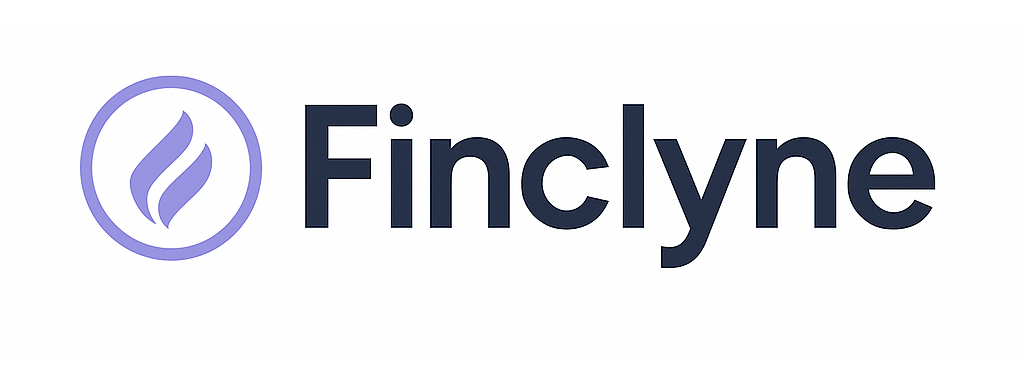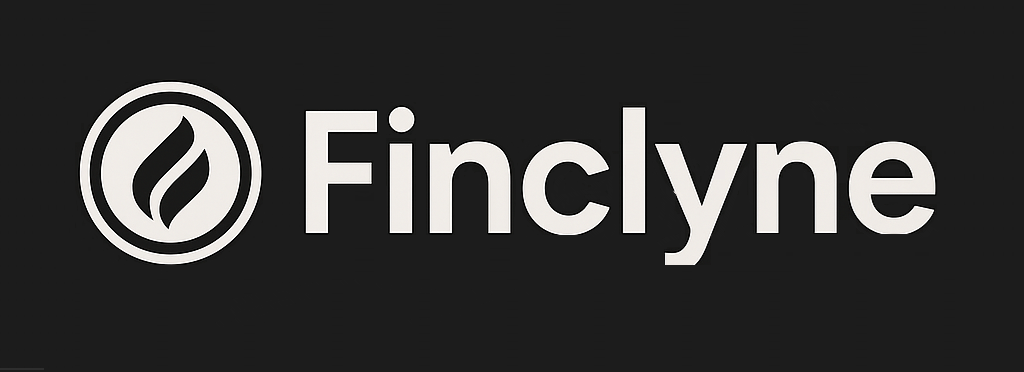Modest Evidence of Tariff Impact on June US Inflation, but That Is Set to Change
For young adults keeping a keen eye on economic shifts, the latest US inflation data for June presented a nuanced picture, particularly concerning the impact of ongoing trade tariffs. While initial readings suggested only a modest, almost understated, effect on consumer prices, a closer look reveals that this period of relative calm may be fleeting. The underlying dynamics indicate that the true inflationary consequences of tariffs are likely to become far more pronounced in the coming months, signaling a potentially significant shift in the economic landscape.
June’s Consumer Price Index (CPI) figures largely mirrored expectations, with year-over-year inflation holding steady. For many, this offered a momentary sigh of relief, suggesting that the widely discussed tariffs, primarily on goods from China, had yet to translate into widespread price hikes for everyday consumers. This “modest evidence” was not entirely surprising to economists, who often point to a lag effect between policy implementation and its full economic impact. Businesses, particularly those with robust supply chains, frequently absorb initial cost increases to maintain market share or draw down existing inventories purchased before the tariffs took full effect. This strategy can temporarily shield consumers from immediate price shocks, creating a deceptive calm in the retail market. Furthermore, the tariffs initially targeted specific categories of industrial goods and intermediate products, meaning their direct translation to consumer-facing prices might not be immediate or easily discernible across the board. Companies might also be exploring alternative sourcing options or optimizing their domestic operations, which can also delay or mitigate the pass-through of costs.
However, beneath this veneer of stability, the economic currents are undeniably shifting, and the “set to change” part of the narrative is gaining significant traction. One primary reason for this anticipated acceleration in tariff-driven inflation is the exhaustion of these initial shock-absorption mechanisms. Businesses cannot indefinitely absorb higher import costs without impacting their profit margins. As existing inventories dwindle, companies will increasingly have to place orders for goods subject to the new tariffs, forcing them to either pass these increased costs onto consumers or face unsustainable financial pressure. This is particularly true for goods where alternative sourcing is difficult or costly, or for smaller businesses with less leverage to negotiate with suppliers.
Moreover, the scope of tariffs has broadened and is expected to continue doing so, moving beyond industrial inputs to encompass a wider array of consumer goods. As tariffs extend to items like clothing, electronics, and household staples, their direct impact on the average consumer’s wallet becomes far more tangible. Supply chain reconfigurations, while offering long-term resilience, are not cheap or immediate. Shifting production out of tariff-hit regions, finding new suppliers, or investing in domestic manufacturing all come with significant upfront costs that will inevitably find their way into the final retail price. The Producer Price Index (PPI), which tracks prices received by domestic producers for their output, has already shown earlier signs of inflationary pressures building up at the wholesale level. This often acts as a leading indicator for the CPI; what businesses pay more for today, consumers are likely to pay more for tomorrow.
Beyond the direct cost pass-through, the ripple effects of trade tensions can also contribute to inflationary pressures. Increased uncertainty can lead to reduced investment, supply disruptions, and even currency fluctuations, all of which can indirectly push prices higher. For consumers, this could manifest as not just higher prices for imported goods, but also for domestically produced goods if input costs rise or if competitive pressures from cheaper imports diminish. For the Federal Reserve, this presents a delicate balancing act. While some inflation is a sign of a healthy economy, tariff-induced inflation is essentially a tax on consumers and businesses, potentially stifling demand and complicating monetary policy decisions.
In conclusion, while June’s inflation data offered a moment of relative calm regarding the direct impact of tariffs, the broader economic picture suggests this tranquility is temporary. The mechanisms that have absorbed initial cost increases are reaching their limits, and the widening scope of trade disputes implies that consumers are increasingly likely to bear the burden of higher prices in the coming months. For young adults navigating their financial futures, understanding these shifts is crucial. The anticipated uptick in tariff-driven inflation could influence everything from discretionary spending to savings strategies, making it essential to monitor how businesses and policymakers respond to this evolving economic challenge. The initial modesty of the tariff impact is merely the calm before a potential storm, with the true inflationary currents poised to make their presence felt across the US economy.





